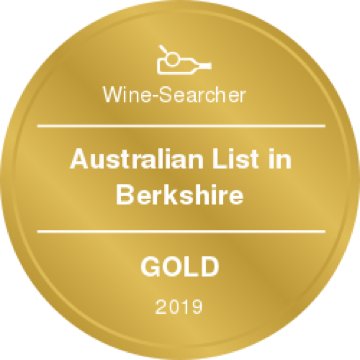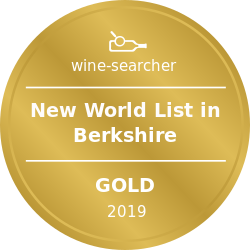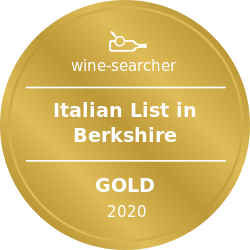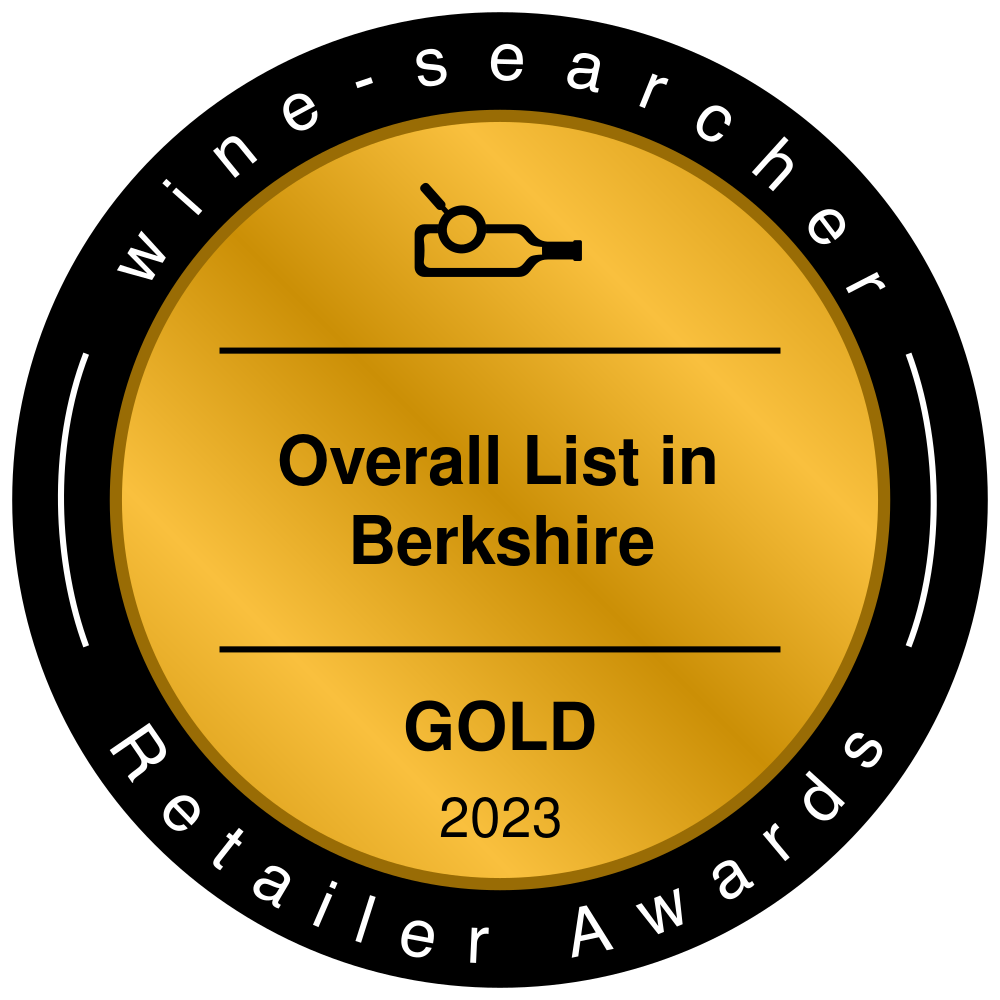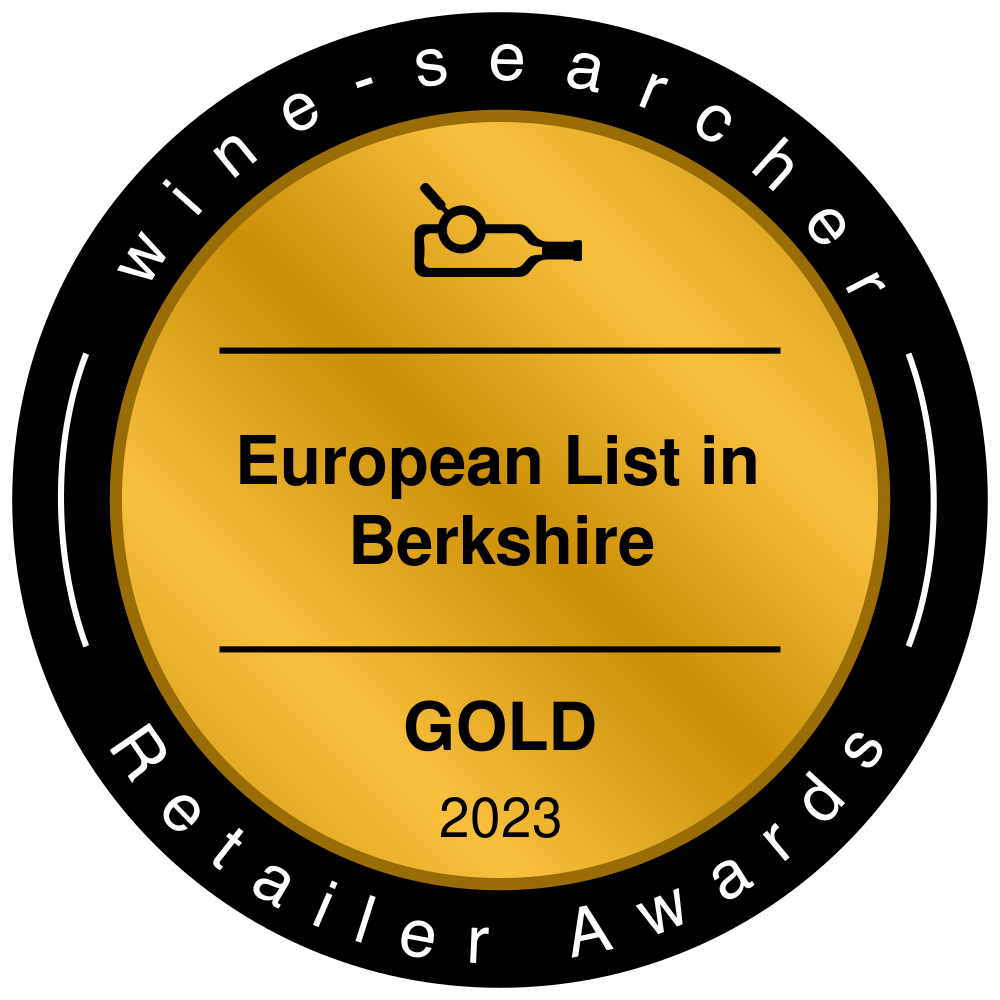This delightfulBarolo is sweet and open on the nose, with suggestions of very ripe black cherries, violets and tar. Medium in body, it nevertheless packs plenty of power, with outstanding length and elegant tannins on the fresh, inviting finish.
Delivery Charges
*Local Free Delivery: SL3 and SL4 postcode (Windsor/Datchet)
*Local Free Delivery: All SL (Except SL7), HP9, GU25, TW18, TW19 & TW20 postcodes. (Min. 6 bottles or 1 Hamper or 1 of our selected Wine cases purchased)
- England and Wales £12.00
- England and Wales Free Delivery (Over £200 purchased)
- Northern Ireland £30 (All BT postcodes)
- Scotland £15.00 (EH, FK, G, KA, KY, ML, DG and TD postcodes)
- Scottish Highlands and Islands £ 30.00 (All AB; DD; HS; IV; KW; KA27-28; PA; PH; TR21-25; ZE postcodes)
More Information
NebbioloBelieved to be native to either Piemonte or Lombardia in northern Italy, Nebbiolo is responsible for producing some of Italy’s best known wines, such as Barolo and Barbaresco. The grape’s characteristic tannin structure, marked acidity and often pale, ruby colour divide the wine world into those who do and those who don’t ‘do’ Nebbiolo. Akin to Pinot Noir in some respects, especially in the emotional response it triggers in many wine drinkers, it is demanding in the cellar and vineyard. It is low yielding and prefers calcareous marl soils with sunny slopes and good exposure. It buds early and ripens late, making it more susceptible to early frost and wet autumns. It is usually the latest variety to be picked in Piemonte, with the harvest sometimes stretching into November.
In the cellar, winemakers have struggled for an eternity to soften the tannins of Nebbiolo. This struggle led to the ‘style wars’ in Barolo and Barbaresco in the 1980s and 1990s, when the so called modernists and tradtionalists argued as to the best way of vinifying and ageing Nebbiolo. With time, and better viticulture, today’s best producers have taken the best practices from both camps, ensuring that the wines now being produced are of outstanding quality. The grape’s name is thought to derive from ‘nebbia’, the Italian for fog, as the suggestive of the weather in late October when it is traditionally harvested. Some hold that the earliest mention is in AD1, when a wine from Pollenzo (just north of today’s Barolo zone) was described by Pliny the Elder.
Outside Italy, it is cultivated to some extent in California, Australia’s Adelaide Hills and a little in Argentina, but its greatest wines are produced in the rolling Langhe hills. In addition to Barolo and Barbaresco, it also produces Langhe Nebbiolo (usually from younger or less auspiciously sited vines) and Nebbiolo d’Alba. North of Torino, in the tiny area of Carema, Nebbiolo, known locally as Picutener, is the primary variety.
Nebbiolo grown in northern Piemonte, in the provinces of Novarra and Vercelli, produces distinctly different wines to those from the Langhe. The marine sand soils on igneous rocks are very high in acid and result in wines that have softer tannins than those in the Langhe. Until the early part of the 20th century, there was more area under vine in these two provinces than in the Langhe. Nebbiolo, here known as Spanna, was the major variety in wines such as Lessona, Gattinara, Bramaterra, Ghemme, Boca, Sizzano and Fara. Some of these wines are today being hauled back from the brink of extinction and Nebbiolo, still the predominant variety, is being supplemented by local varieties like Vespolina, Bonarda and Croatina.
There are two distinct sub-varieties of Nebbiolo: Lampia and Michet. Rose, once thought to be a sub-variety, is now known, thanks to DNA profiling, to be a separate variety, though one that is related to Nebbiolo. The new clones developed by the University of Torino, particularly 71 and 66, are highly prized by quality conscious producers for their low vigour. Clones 385 and 423, from Picutener, have thicker skins, and are also sought after.






